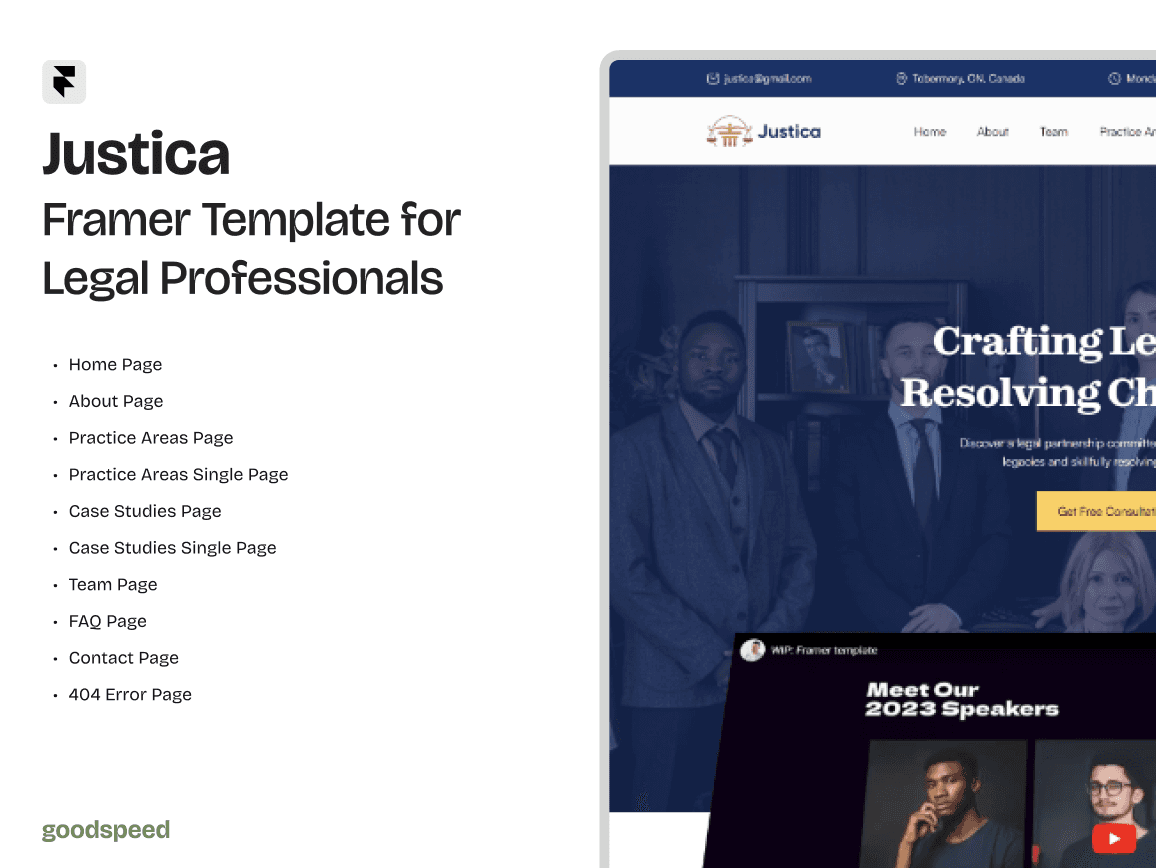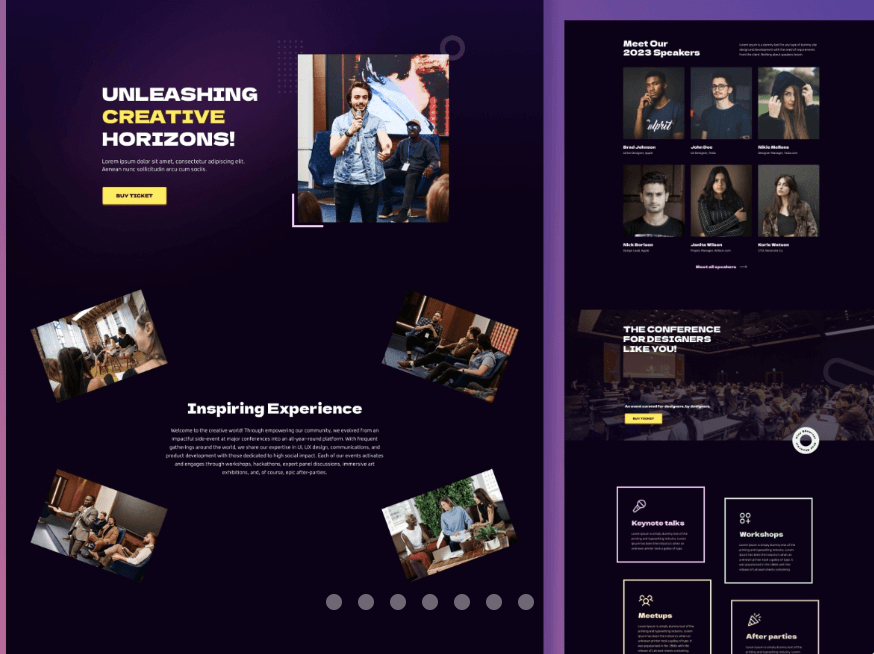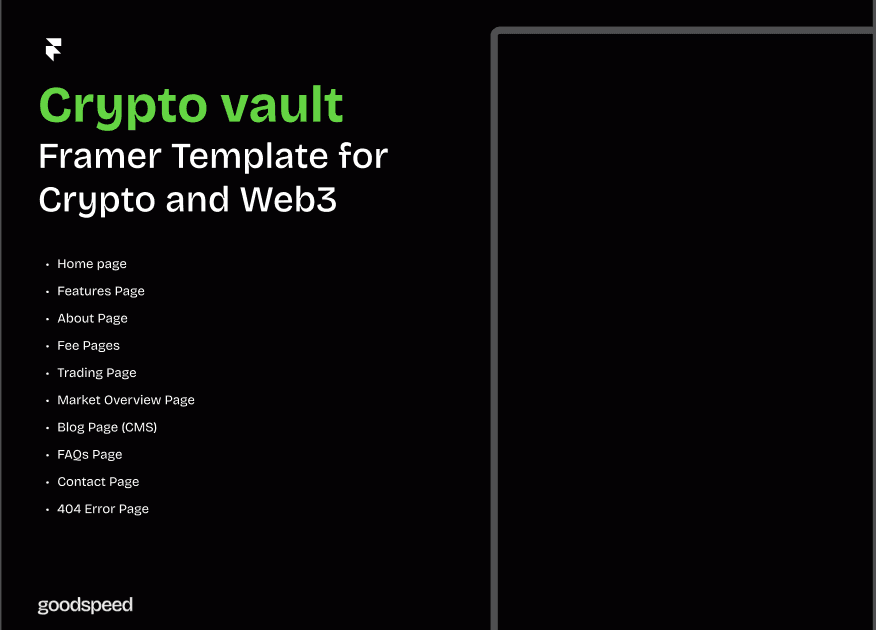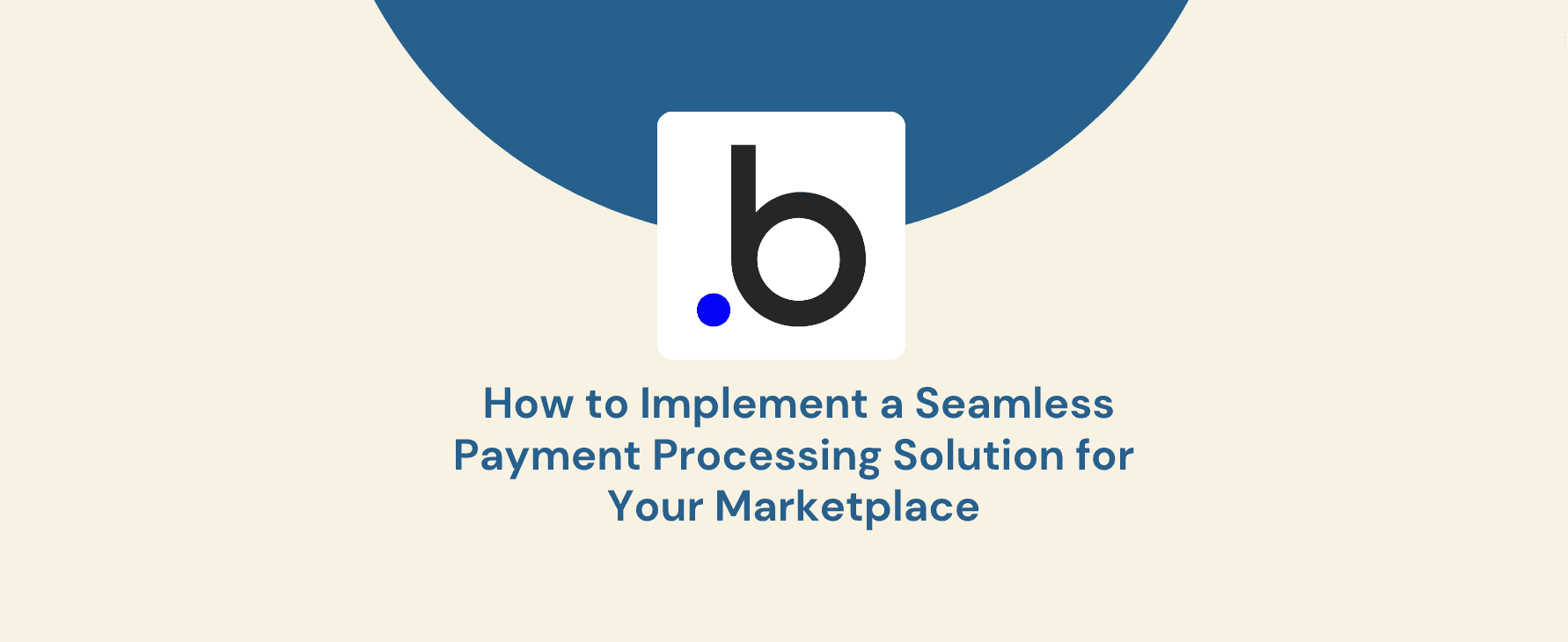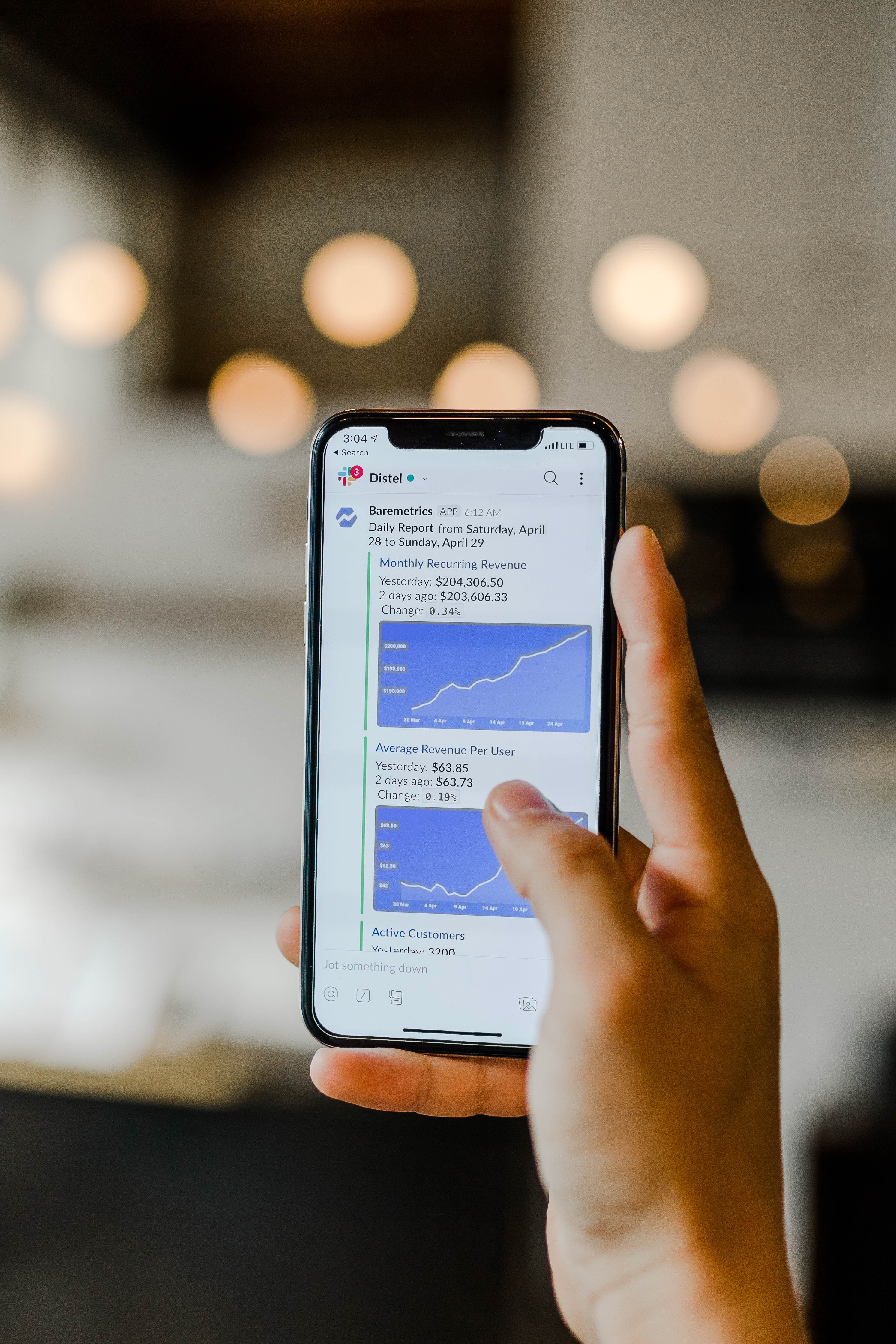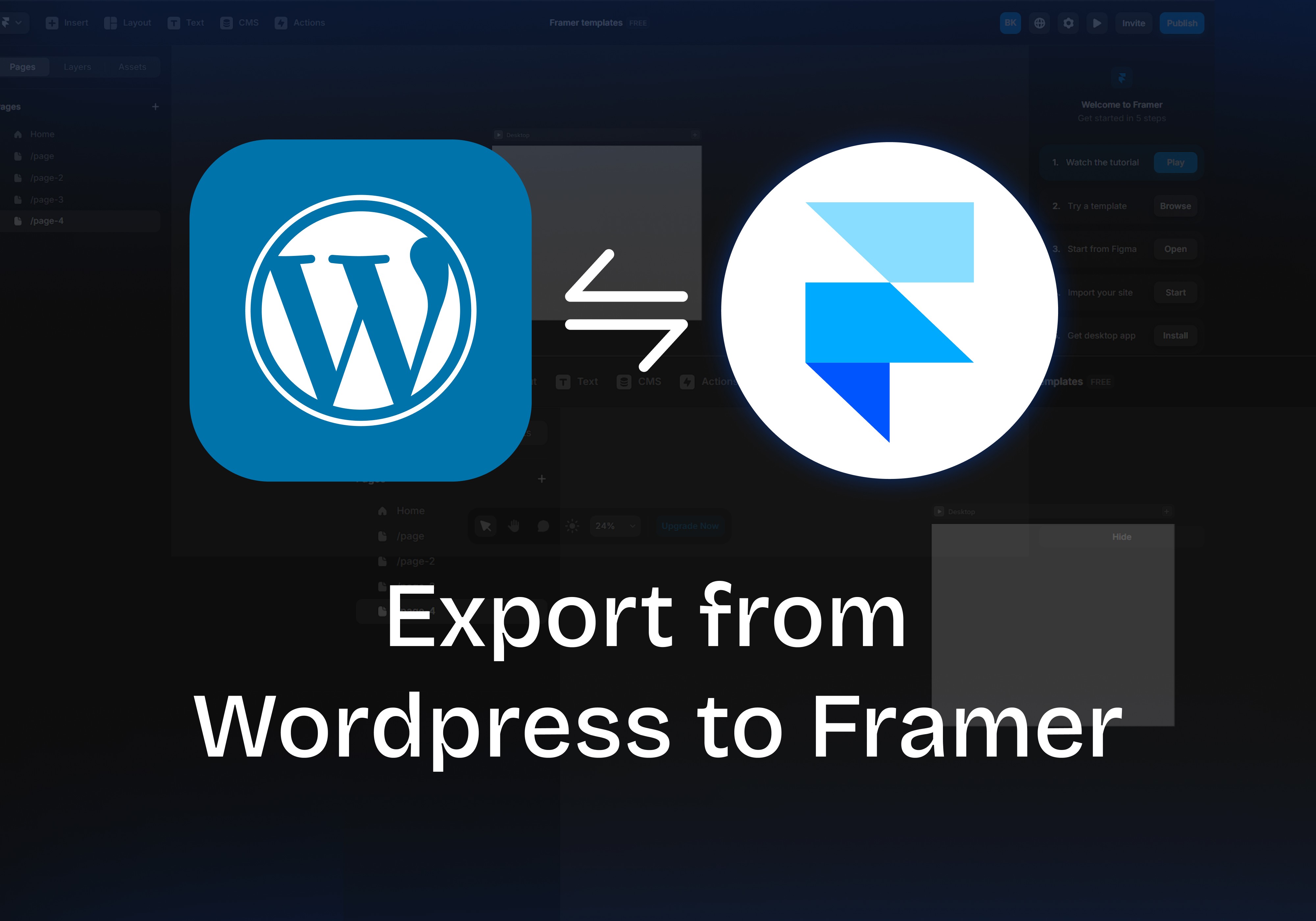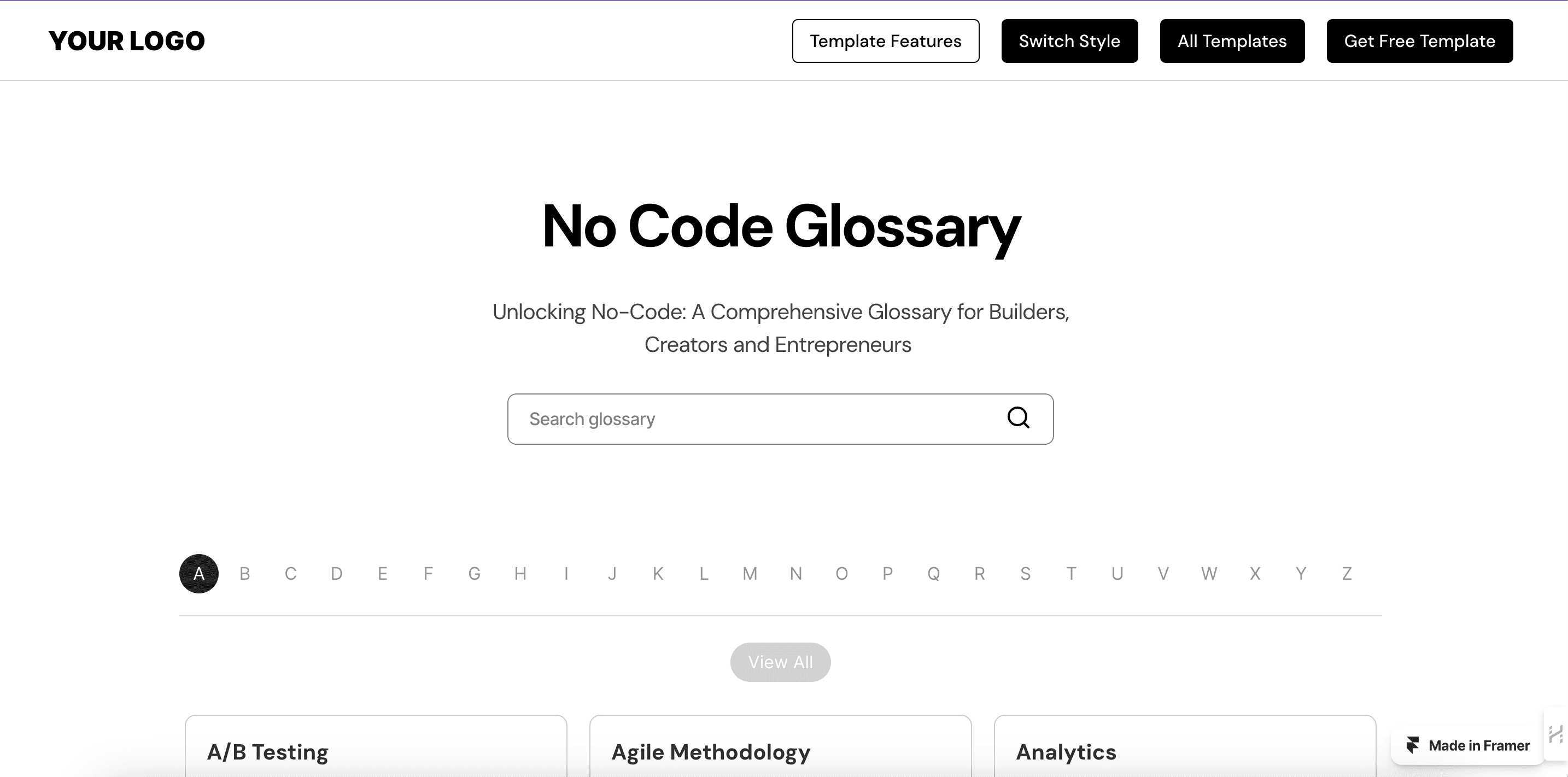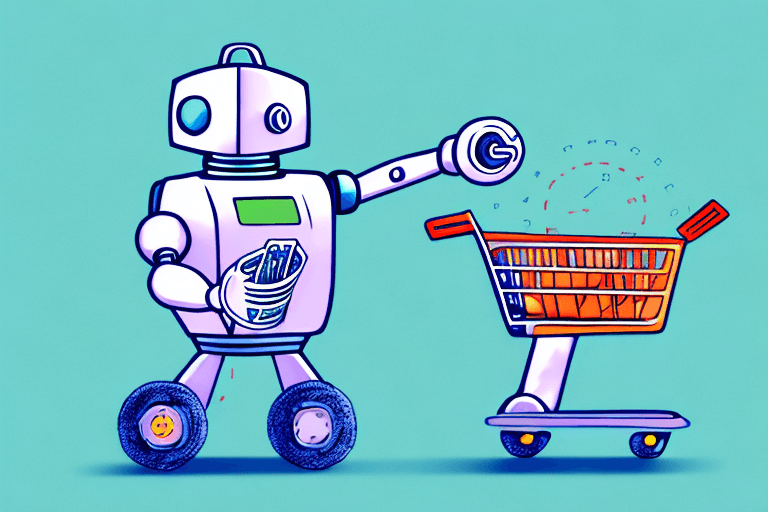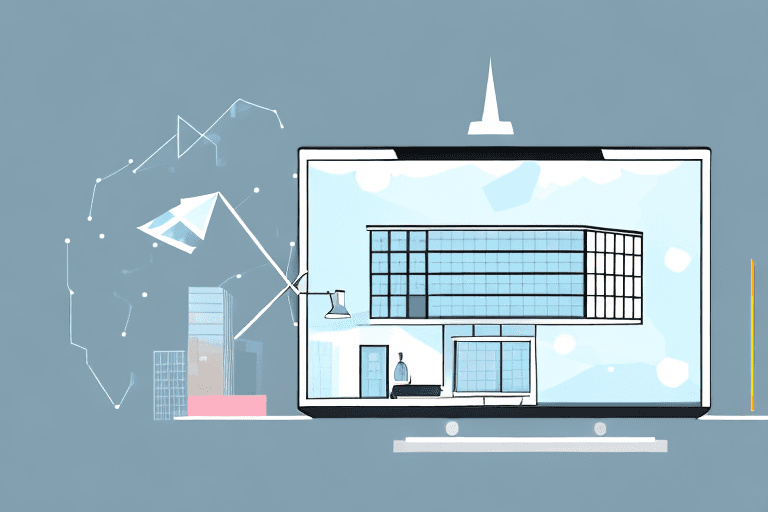If you’re reading this blog post, it will probably be because of two reasons. a) You’ve heard of the no-code movement and are wondering what’s in it for you, or b) you’re launching a startup and want to know how no-code can help.
Whatever the reason that led you here, we’ve got you covered. No-code is pretty powerful, and we think it can be a game-changer for startups who want to launch a product in a fraction of the time of traditional software development.
But can you really build a successful startup with no-code? How can no-code help your startup succeed? Let’s explore.
The Boom of the No-Code Movement: What is No Code?
The no-code movement is the creation and launching of applications, websites, and other digital products without ever having to write a single line of code. Forget Python and Javascript, with no-code, you won’t need to spend months learning a programming language to build a product.
This is achieved through the use of low-code or no-code platforms. These platforms provide drag-and-drop interfaces and pre-built templates to make the creation of digital products more accessible, even if you don’t have any prior technical knowledge whatsoever.
The ultimate goal of the no-code movement is to democratise technology and allow more people to bring their ideas to life. This means that you no longer have to know about coding to make your ideas a reality.
In recent years, the no-code movement has hugely grown in popularity for a myriad of reasons, including:
A greater consumer demand for digital products. With the rise of the digital economy, there has been a rapidly growing demand for digital products and solutions, ranging from websites and mobile apps to custom software and integrations. However, thanks to the no-code movement, it is now possible for non-technical users to create these products, which has fueled its popularity.
Faster time to market. No-code platforms allow users to launch apps and websites much faster than traditional software development methods. This makes it possible for them to bring their ideas to market quickly and start gathering valuable customer feedback.
Shortage of technical talent. There is quite a significant shortage of skilled developers around the world. This has made it difficult for businesses to source the technical resources required to build apps and websites. No-code platforms help address this shortage by making it possible for non-technical users to create digital products without writing code.
Helping the non-technical access tech. No-code makes it possible for non-technical people to create software and apps. This has helped democratise technology and opens up lots of new opportunities for skilled individuals who otherwise may not have considered a career in tech.
Much more affordable than full-code. No-code platforms eliminate the need for expensive full-blown teams of developers, which makes it possible for people to build apps and websites with a significantly smaller investment.
Should You Build Your Startup With No-Code?
There are several factors to consider when deciding whether you should build your startup with no-code. First of all, no-code is generally better suited for pretty straightforward products like landing pages, simple apps and websites. If your startup requires a more complex product that calls for custom functionalities and integrations, you might want to consider hiring a no-code agency or developer to set that up for you.
✅ Want to find out more about which no-code agencies to go for? Check out our article about the agencies approved by Bubble, one of the most popular no-code platforms.
It’s also a good idea to consider your timeline. If you need a fast method for developing your MVP, no-code is definitely a great fit. It allows for significantly faster development and deployment, allowing you to start gathering feedback and iterating changes on your MVP in no time.
Another important consideration is budget. No-code platforms are often much more affordable than using traditional software development methods, as they eliminate the need for expensive developers. This can be a significant advantage for startups that are operating on a limited budget.
That said, let’s look into the benefits of leveraging no-code for your startup.
The Benefits of No-Code for Startups
Time and Cost Efficiency
By using no-code platforms, startups can launch their digital products so much faster than with traditional coding methods. This will allow them to get to market quickly and start testing their ideas as well as gathering valuable customer feedback.
No-code also eliminates the need for expensive developers in order to code your product, making it possible for you to build your own product with minimal investment.
Increased Accessibility to Entrepreneurship
No-code platforms pretty much entirely eliminate the need for technical skills in order to build a product. This means that those with non-technical backgrounds are able to create digital products and launch startups, no-code required. In turn, this has the powerful effect of opening up entrepreneurship to a wider group of people who may not have considered starting a tech company due to a lack of technical skills.
Because no-code solutions are much more affordable to build compared to traditional coding, founders with limited financial resources can launch startups and bring their ideas to market. No-code also allows entrepreneurs to launch digital products a lot faster which can be a significant advantage in a highly competitive market.
More Focus on Business Strategy and Customer Interactions
By eliminating the need for coding and technical development, no-code allows entrepreneurs to focus on other key aspects of their business, like market research, customer acquisition, and business strategy.
By using no-code platforms to build products, you can simplify and streamline the development process, therefore reducing the time and resources needed to build products. This will allow you to focus on what really matters: deeply understanding your target audience and developing strategies that will help your startup succeed.
Lastly, it will let you build products faster and with fewer resources, which can in turn increase customer engagement and provide valuable feedback you can use to refine and improve your products.
The Best No-Code Tools for Startups
The no-code movement offers several benefits for startups, including time and cost efficiency, increased accessibility to entrepreneurship, and more focus on business strategy and customer interactions. By using no-code platforms, startups can launch their products faster, without the need for expensive developers or technical skills.
But when it comes to actually choosing the no-code platform you want to build your startup with, what should you go for? Let’s look into our selection of the very best no-code tools for startups to use.
Bubble.io: The Best No-Code Platform for MVPs
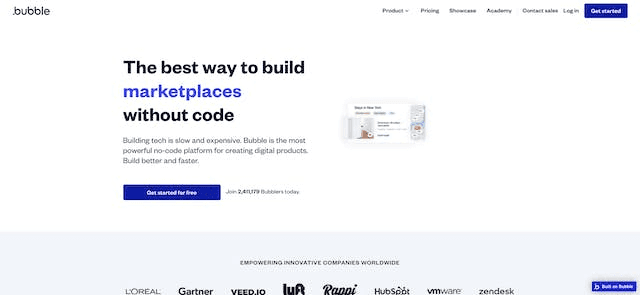
Bubble.io is one of the leading no-code platforms around today. It offers a visual programming interface that makes it easy for non-technical users to build, test, and launch digital products. Bubble also provides an impressive range of functionalities and features, including real-time data updates, secure user authentication, and dynamic data management, which makes it a powerful tool for building MVPs (Minimum Viable Products).
In fact, Bubble is often considered one of the best no code platforms for building MVPs due to its ease of use, robust feature set, as well as its large community of users and developers.
✅ Want to know what else you can build with Bubble? Check out our article about Bubble projects!
Webflow: The Best No-Code Platform for Websites

Webflow is a web development platform that allows users to design, build, and launch responsive websites and web apps without code. It provides a visual interface and drag-and-drop tools so that users can create complex projects.
In addition to its design and development capabilities, Webflow also provides hosting and content management features, making it a complete solution for creating and launching incredibly professional-looking websites. Webflow vs Bubble is also a hot topic!
Webflow is good for startups because it offers a number of features that can help startups build, launch, and grow their digital products quickly and effectively. By using Webflow, startups can build and launch websites much faster than with full code.
Figma: The Best No-Code Platform for Design
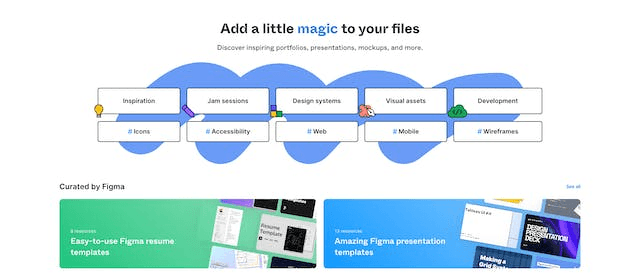
Figma is a cloud-based design platform that provides tools for UI/UX design, wireframing, prototyping, and collaboration. It allows teams to work together in real-time on the same design, eliminating the need for file transfers or manual updates.
The platform offers a wide range of design tools and features, including vector networks, components, and auto-layouts, that help designers create complex and interactive designs with ease. It also provides version history and design handoff features, making it a complete solution for the design process, from concept to delivery. Figma is accessible through a web browser and has a free version, making it a popular choice for startups. We always love to design on Figma before we build on Bubble with our team of expert Figma designers.
Final Thoughts: Is No-Code Good For Startups?
No-code can be an incredible tool for your startup, for the following reasons:
With no-code platforms, you can launch your startup much faster and for much less budget than with full code.
No-code platforms eliminate the need for technical skills, so founders with no prior tech experience can build great products effortlessly.
You won’t need to learn a whole new programming language to build a no-code product, so you’ll be able to focus on other important aspects of your startup, such as market research, customer acquisition, and business strategy.
📣 Need help in building your no-code MVP? Here at Goodspeed, we help startups create winning products, minus the huge budget and months of wait times. Ready to bring your vision to life? Let us help you launch your MVP quickly and efficiently with no-code. Contact us today and see how we can help you take your ideas to the next level.
Frequently Asked Questions (FAQs)
1. What are the benefits of no-code for startups?
No-code offers startups faster product development, cost-efficiency, and accessibility by eliminating the need for technical skills. It allows founders to focus on business strategy and customer interactions.
2. What does "no-code for startups" mean?
"No-code for startups" refers to the practice of building digital products using pre-built platforms and tools, bypassing traditional coding. This approach accelerates product development, making it more accessible and efficient.
3. Why is no-code considered the future of startups?
No-code is the future because it enables faster and more cost-effective product launch and iteration. It also removes barriers to entry in the tech industry, allowing non-technical individuals to turn their ideas into marketable products.
4. What is a no-code MVP?
A no-code MVP is a minimum viable product developed using no-code platforms and tools. It allows startups to launch products swiftly and efficiently, with a focus on testing and gathering valuable customer feedback.
5. How can I build an MVP without writing code?
To build an MVP without code, you can use pre-built no-code platforms and tools. These platforms provide the necessary features and functionality for your product, enabling you to concentrate on testing and gathering customer feedback.


